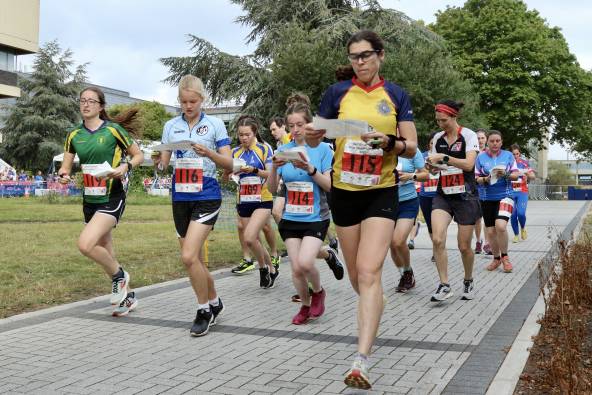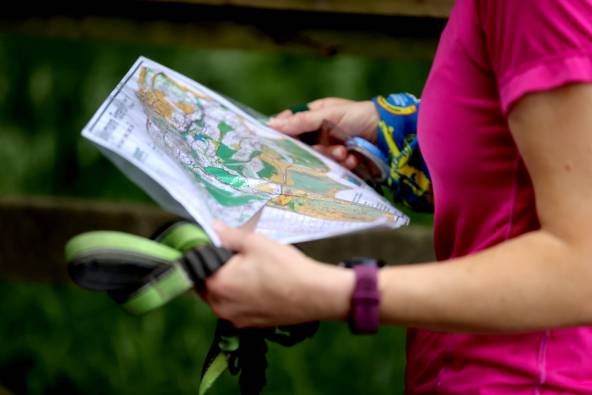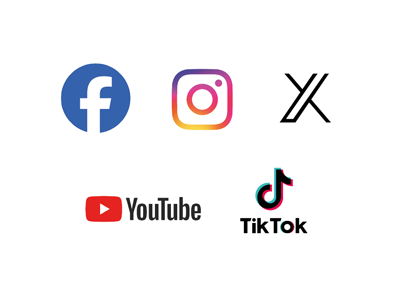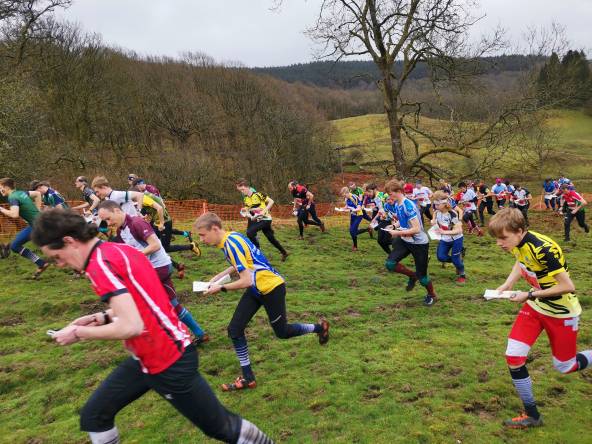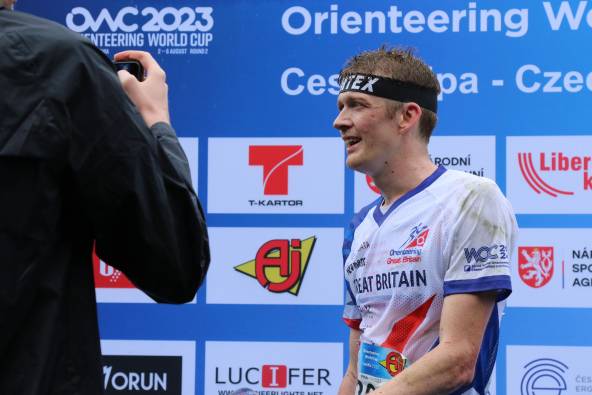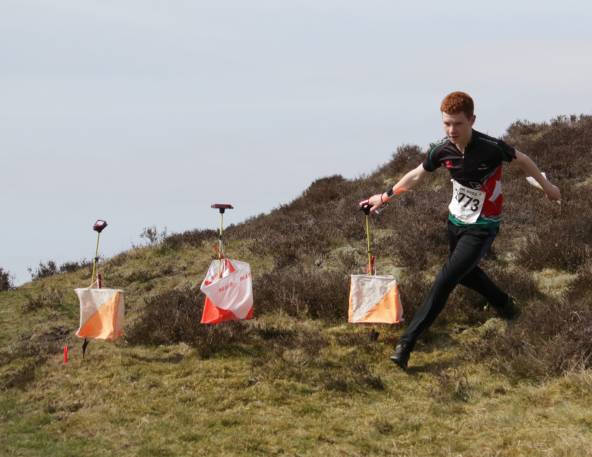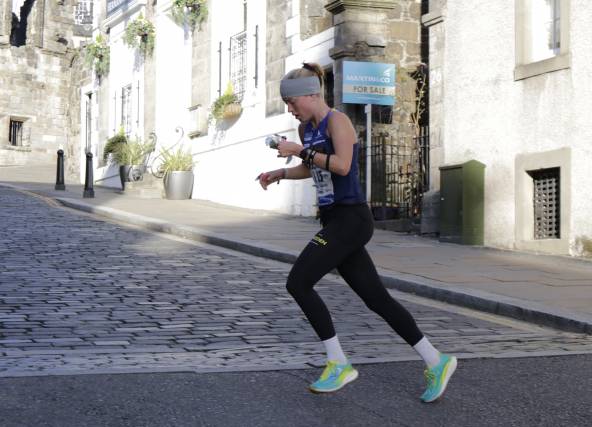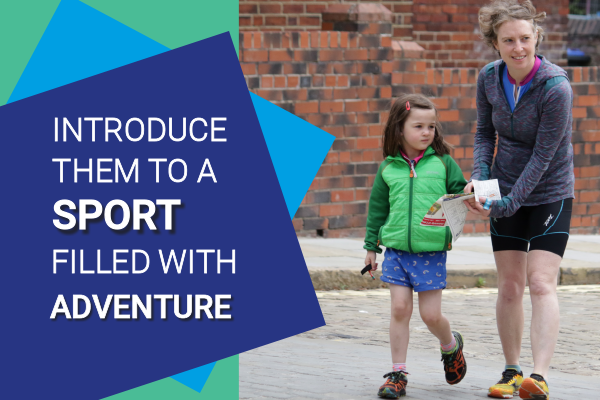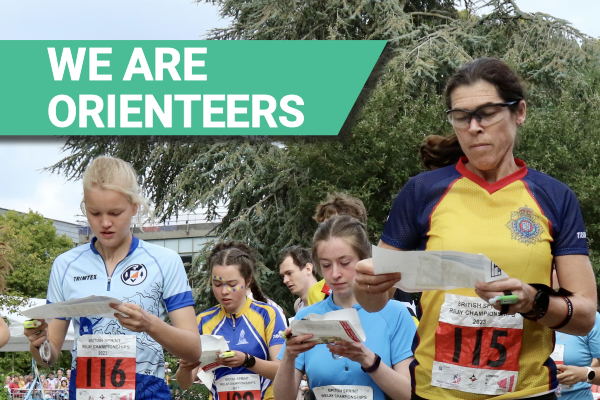Promoting your club
Raising the profile of your club is easier than you think! Learn how you can boost engagement by building effective partnerships by clicking on the categories below and scroll down to access our digital content hub packed with resources to get you started.
How to expand your audience reach
Expanding your audience can increase participation at your events and your membership in general. Access information on tailoring your content and how to track your audience reach via the below link.
How to promote
Promoting your club effectively keeps your current members informed of any exciting developments and allows new and prospective members to learn more about how they can get involved and continue to help our sport thrive.
The power of social media
Social media is an incredibly powerful (and mostly free!) marketing tool. It is the primary way to engage and reach current and prospective members. Find out all you need to know about the different social media platforms, what to post about and much more.
Marketing for Major Events
Marketing for major events may seem like a big undertaking but something that the team at British Orienteering can help guide you on. Below you will find key information tailored to the Major Events that happen annually and how we can support you with promotion.
Managing media enquiries
Whether it’s a local newspaper or a major news outlet, handling media enquiries may seem like a big undertaking, however clubs and associations can use this to their benefit by following some our top tips to ensure that such enquiries are handled in an appropriate and timely manner.
Photography and filming
Imagery is extremely powerful when it comes to promoting our sport. It demonstrates the connection that our members and clubs have to orienteering. Learn how to generate a bank of images and tips on creating short videos to summarise events and activities.

